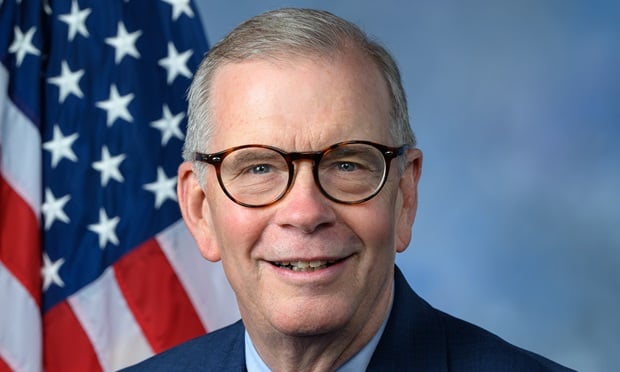 Workers estimate that their benefits represent 40 percent of their total compensation, when in fact data show that benefits actually average about 32 percent of a total compensation package. (Image: Shutterstock)
Workers estimate that their benefits represent 40 percent of their total compensation, when in fact data show that benefits actually average about 32 percent of a total compensation package. (Image: Shutterstock)
In case you needed more evidence, a new survey underscores the importance of benefits in recruiting and retaining employees and suggests that there's room for improvement in helping employees fully take advantage of their benefits package.
The survey, conducted by The Harris Poll for the American Institute of CPAs (AICPA), found 80 percent of respondents would choose a job with benefits over an identical job with 30 percent more salary but no benefits.
Recommended For You
Complete your profile to continue reading and get FREE access to BenefitsPRO, part of your ALM digital membership.
Your access to unlimited BenefitsPRO content isn’t changing.
Once you are an ALM digital member, you’ll receive:
- Breaking benefits news and analysis, on-site and via our newsletters and custom alerts
- Educational webcasts, white papers, and ebooks from industry thought leaders
- Critical converage of the property casualty insurance and financial advisory markets on our other ALM sites, PropertyCasualty360 and ThinkAdvisor
Already have an account? Sign In Now
© 2025 ALM Global, LLC, All Rights Reserved. Request academic re-use from www.copyright.com. All other uses, submit a request to [email protected]. For more information visit Asset & Logo Licensing.








